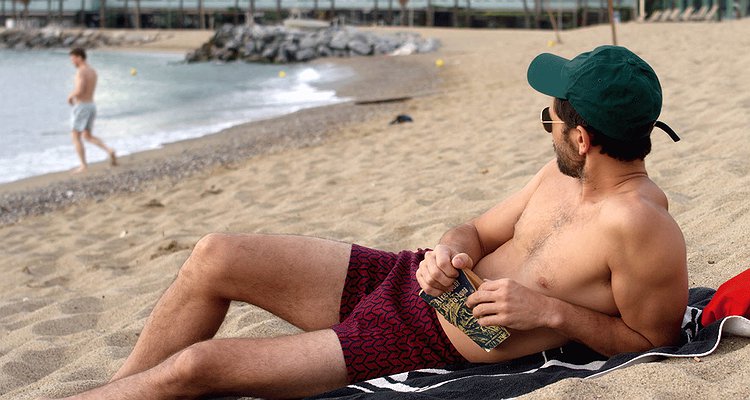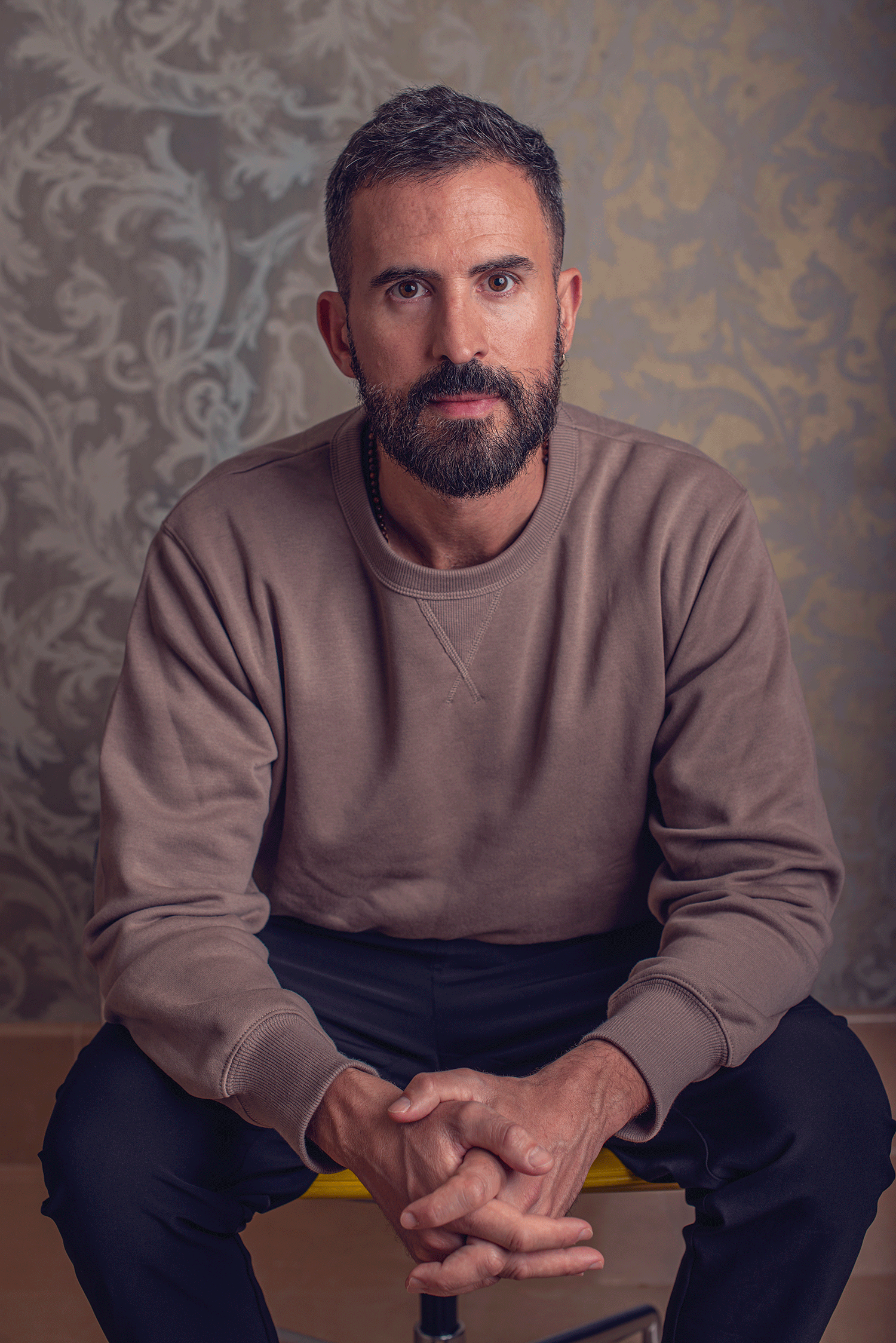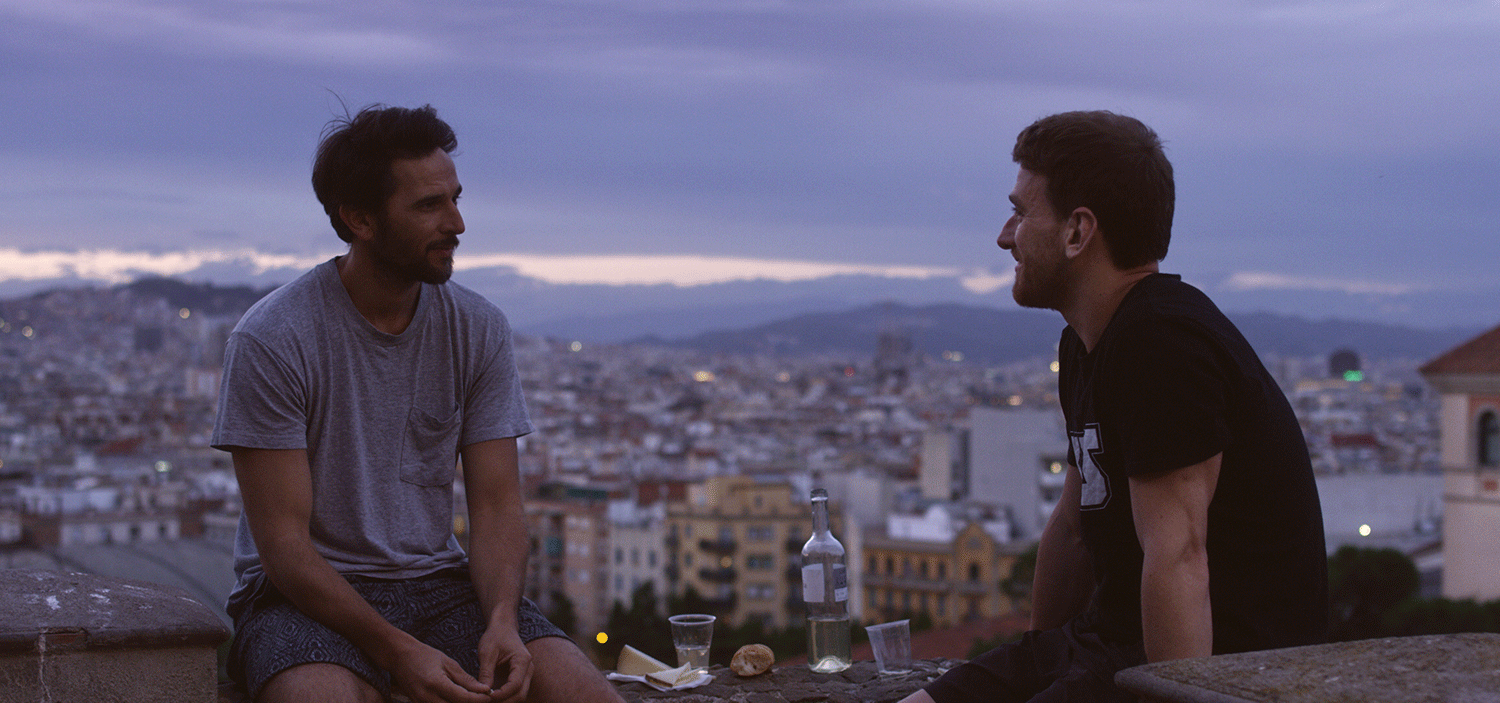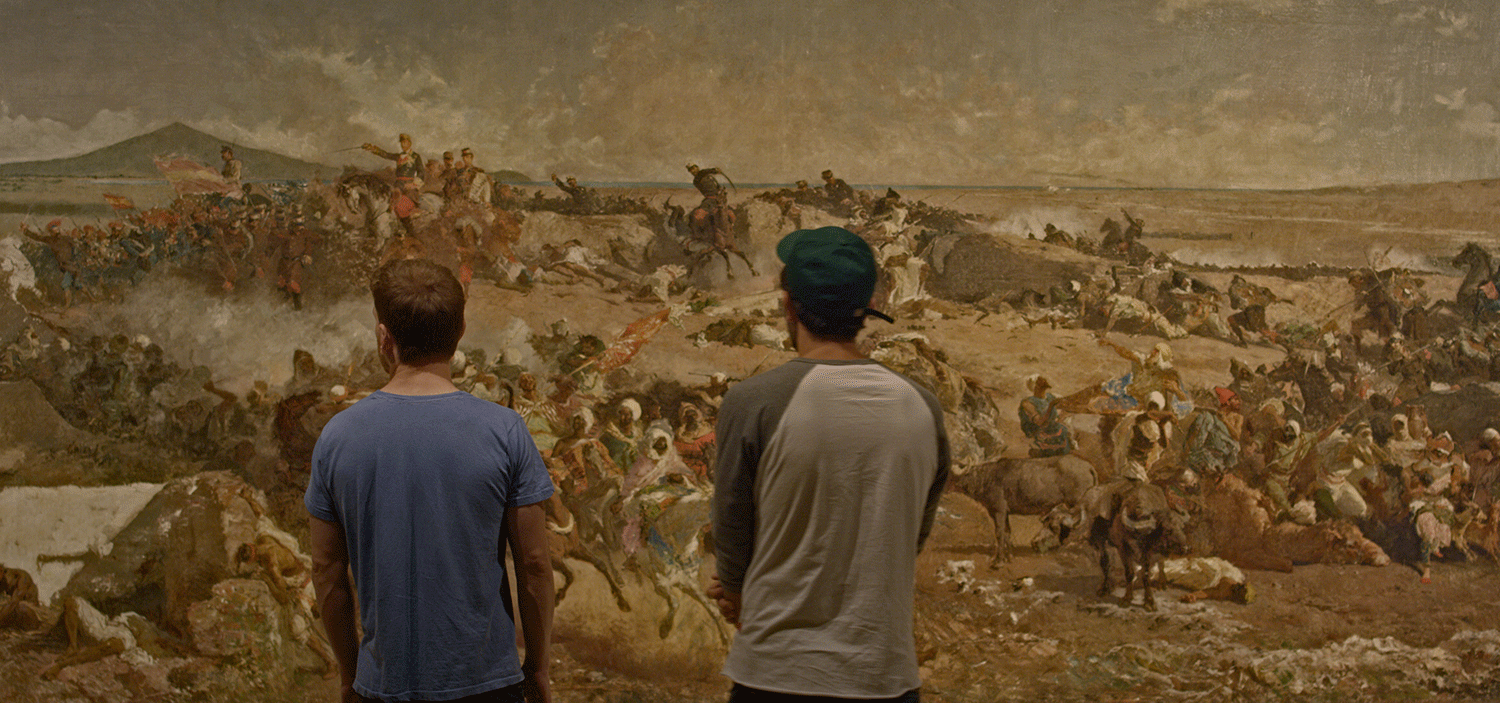‘End of the Century’ director Lucio Castro on making one of the year’s most enigmatic gay films
One of this year’s most touching and acclaimed LGBTQ films, 'End of the Century' poses the idea that “love is in the timing, but so is life”.
By Tim Heap
This article was first published in Attitude issue 318, February 2020
Words: Tim Heap
The idea of “what if?” has been explored in the arts in countless guises throughout history — often with a focus on love, romance and fleeting encounters.
In part, it’s the subject of Argentinian director Lucio Castro’s award-winning debut feature-length film End of the Century, a beautifully imagined and realised love story between two men who are visiting Barcelona.
Ocho, a poet, meets Javi, who has travelled from Berlin to see his family, and the two of them quickly fall into each other’s arms. But their meet-cute is revealed to be a reacquaint-cute as the narrative jumps back 20 years to 1999, when their then heterosexual-acting selves cross paths.
End of the Century is deliberately, deliciously ambiguous, open to audience interpretation, but the story came to Lucio in a “very linear way,” he says.
“I didn’t know where it was going to go,” he adds. “A man arrives in a new town and he goes sightseeing, he eats, tries to have sex, not having sex, the next day he sees this guy, they hang out, they have sex and they start talking…

“At that point, I thought, ‘Maybe they’ve met before’. Then I thought that maybe they’ve been together all this time. It happened in a very organic way. This is my third feature-length script and they all seem to start in a mundane way, then the reality starts crumbling into something more mysterious.”
End of the Century is also an observation of the shift that has taken place in gay culture over the past two decades, from the late 1990s, when the HIV/Aids pandemic still cast a shadow over so many lives, to the present day where science and technology have ushered in an age of sexual liberation and equality.

Director Lucio Castro (Photography: Markus Bidaux)
The plot is intentionally confusing. Did you want it to be open to interpretation?
Yeah, it can be read in many different ways. I don’t like to say what my intention was because I don’t want to restrict the viewers’ interpretation.
Did you want people to take away the idea that we should have an appreciation of the fleeting encounters many of us have?
For sure. The movie has the perception of present, past and future. We live with those three things at the same time, so I like mixing them, and keeping them almost in the same plane, with the same weight. You don’t know if it’s the past, if it’s real, if it’s not. But the most important thing is the connection between Ocho and Javi and how they met. It’s almost like a twice-broken love story. Love isn’t only about the right person, it’s also about the right timing. Love is in the timing, but so is life.
There’s a fascination with the idea of “what if”, especially when it comes to love. Did that resonate with you?
If you think about it, it’s quite weird that we end up picking just a few partners in life for long-term relationships, out of the many people we meet.

We see Ocho using Grindr at first, but he ends up meeting Javi offline. Was that a comment on how we use technology to meet people these days?
Grindr added this weird geo-sex scheme. Before, you used to go to a bar or a park, but that idea of using your phone to see who’s close by and what they look like… I wanted to put it in the movie. But I didn’t want that to be the way they meet because I think there’s something more durable, more weighted, about meeting in real life. A photo and description can say a million words, but it does not match even a second of seeing someone. There are so many things: the way someone moves, walks, looks, breathes, touches… It’s more cinematic than an app. But, of course, he uses that because that’s what people do right now. He’s alone in the city and he’s horny…
What was the reason for not trying to change the appearance of Ocho and Javi, despite the 20-year time jump in the film?
I was discussing memory with Juan [Barberini, who plays Ocho] and we talked about how, if you said to me, “We actually met 10 years ago,” I picture you the way you look now, more or less. That’s why when we look at photos of our younger selves, it’s always a surprise. The past is never correct, it’s subjective. I wanted to keep the movie in that plane, I didn’t want a perfect recreation of Barcelona in 1999. I think people understand that it’s the past, even if things look the same or the scene doesn’t change much. Of course, it also made it much easier to shoot, not needing to use make-up to age the actors, or changing them completely, which I always find weird. In a way, it’s more honest too; we know they are actors.
Do you identify with either Ocho or Javi particularly strongly?
I have traits of both. There are obvious similarities with Ocho, we both live in New York, we’re both Argentinian, maybe we look alike. But there are some things that I also have in common with Javi [Ramon Pujol] such as we both have a daughter. The movie reflects changes over the past 20 years in the gay community. Twenty years ago, people were dying because of Aids and we were horrified, and now it’s not as lethal, we have PrEP and effective medication in countries where people can afford it. Gay life has changed radically.

Why are the first 12 minutes of the film silent?
That was specific because when I’m alone travelling, which is often, I’m very aware of the surroundings, and in a way time moves slower. And when I’m with someone, everything disappears and it’s just the dialogue. I wanted to have that at the beginning, time moving slowly with the city more than just a backdrop. Then, when Ocho is with Javi, it becomes about the dialogue and their relationship.
More and more LGBTQ films have broken into the mainstream recently. Does that success trickle down to smaller projects such as this and make it easier to find audiences?
There’s something in that but the ideas of love and missed connections are universal. The movie has specifically gay characters but anyone can relate to its message. If anything, the more specific a story is, the more universal it is. But definitely, showing gay sex now is not as controversial as before, people are a lot more accepting. I hope that one day those labels of “gay movie” or “LGBTQ movie” don’t exist, and everything will just be a movie, but I understand the need for that now because I was one of those kids who wanted to see movies with gay characters.
End of the Century is available to watch now on Vimeo, Amazon UK, iTunes, BFI Player and Amazon Prime US.
As part of Peccadillo Picture’s Peccadillo Sofa Club series, Lucio will be taking part in an online Q&A session this evening (9 April) at 8:45pm GMT. Watch it here.
For more information about the film and how to watch it, visit Peccadillo Pictures’ website.
